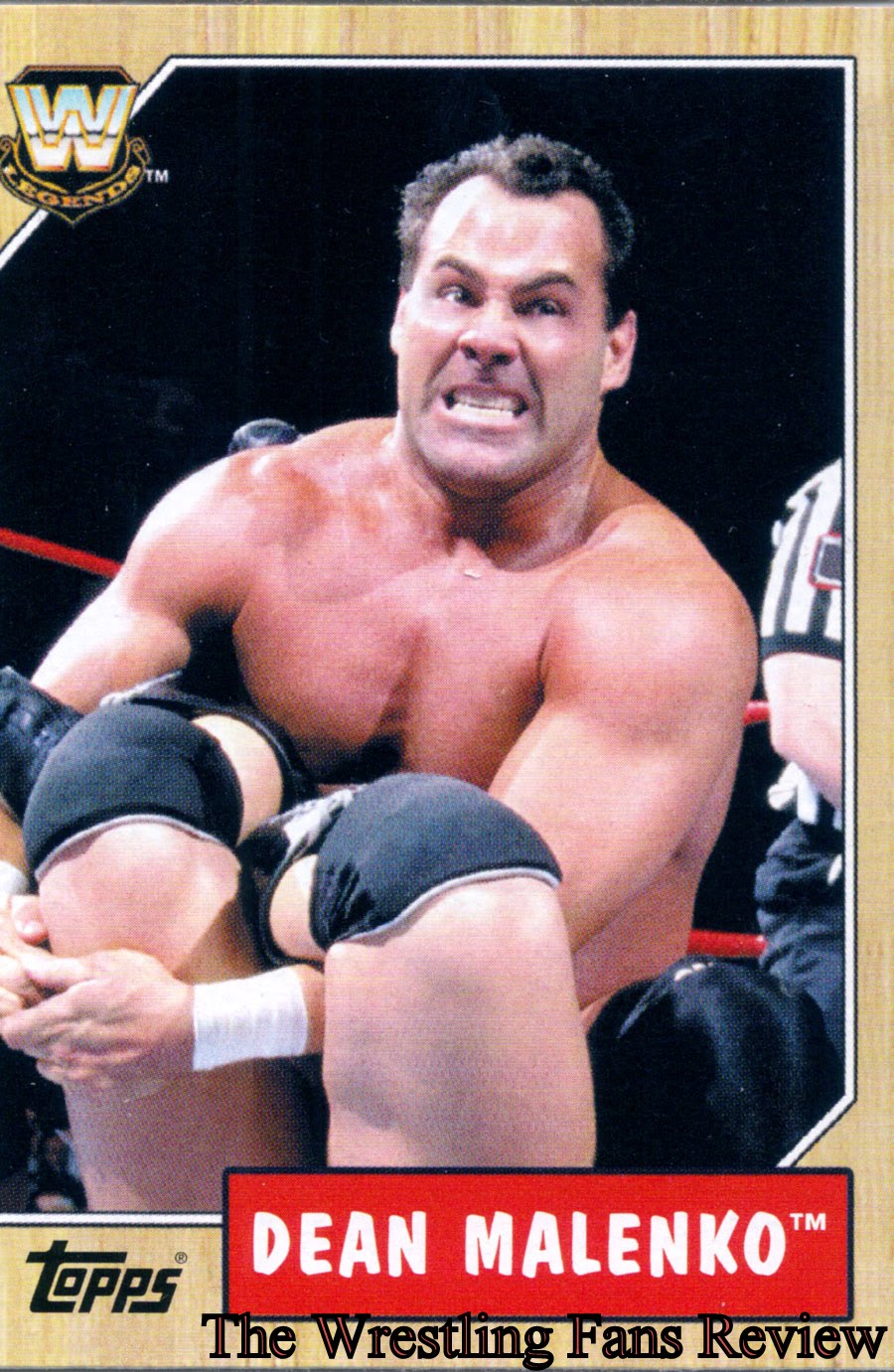Our twitter advertising reps told us a big announcement was coming this week. And while that type of lead up can create major disappointment with even a decent pay-off*, they did not disappoint.
* It’s kind of like when you have huge expectations for a movie, which makes it almost impossible to deliver. Or as my wife and father would be embarrassed to hear me use this analogy, when there’s a great rasslin’ match and everyone rushes the ring at the end so that you don’t get a clean finish. Yes, that’s a pro wrestling reference. But it’s not like I mentioned who my favorite wrestler of all time is (Dean Malenko).

Hail, Hail, the Keyword Targeting Band is All Here
So here it is: twitter’s now offering keyword targeting within timelines:
Until today, the content of Tweets has only been one factor among many in shaping the interest graph. Today, it becomes a first-class citizen. We’re excited to roll out the newest feature on our ad platform, keyword targeting in timelines, available today in all languages and markets where Twitter Ads are supported
Available in the full Twitter Ads UI and through the Ads API, this new feature enables advertisers to reach users based on the keywords in their recent Tweets and the Tweets with which users recently engaged. This is an important new capability – especially for those advertisers looking for signals of intent – because it lets marketers reach users at the right moment, in the right context.
A Paid Search – Contextual Display Combo
The net effect of this change is that twitter advertising – at least this particular targeting option – becomes much more similar to paid search and contextual display advertising.
With contextual ads, you can serve up your ads next to content related to a keyword list you give to the ad network. This type of advertising can work really well – that is unless you’re the attorney with a contextual ad campaign on his own name…who then gets busted for DUI and then has his ads display next to an article about his arrest.*
* Yes this really happened. And yes, you can avoid this type of bad matching, although it’s tough to make changes to your account when you’re behind bars.
Also like display ads, you can’t tell the specific targeting option. In display, the same ad could appear via placement, context, search retargeting, site retargeting or other targeting options. With promoted tweets, an ad can appear in your timeline due to your interests, similarity to followers of certain twitter handles, or, now, what you tweet.
Keyword targeting in timelines is also similar to paid search because of the interaction. While the person is not actively seeking information on that keyword like they are in search (in fact – they’re not even thinking of it like a keyword at all), it is content they’re producing. With contextually-placed display ads, it’s based on the content of the page regardless of what the reader thinks of that content, much like our attorney friend in the example above.
Real Time
With this new targeting option, you can serve up an ad directly related to a person’s tweets in their timelines in real-time. This type of messaging touch is similar, but less personal, than some twitter marketing tactics utilized by top social sellers.
While less personal, these ad campaigns are a lot more scalable, so you can reach more people more quickly. And while that’s obviously in twitter’s best interests, you’ll still be paying on a Cost Per Engagement (CPE) basis – for clicks on links or hashtags, favorites, replies, and follows. If they’re not interacting with your ads, you’re not paying.
Update – Additional notes:
- Keyword targeting in timeline is available for both full and self service accounts.
- These tweets are clearly labeled as ads like all other promoted tweets (orange arrow followed by “Promoted by” and your business name).
- People can opt out of seeing these ads.
- You can still overlay many of the other targeting options twitter provides, such as geography, device, gender, etc.
- They offer 2-3 keyword match types:
- Phrase Match – Similar to Google AdWords and Bing Ads, phrase match means the words must appear in a tweet in the same order you list them in as keywords. Conveniently, twitter stuck with quotes to signify phrase match.
- Unordered Match – Similar to modified broad matching. Your ad will go out to people who use those words in any order. However, they must include all of the exact words instead of close variations. One difference with twitter’s punctuation here as compared to Google and Bing: a word will be unordered match if you use no punctuation (instead of a broad match, since twitter doesn’t appear to be using any sentiment analysis).
- Hashtags – Not really a third match type, but be aware you can target hashtags as well as keywords without the “#.”
Solving the Lead Gen Twitter Riddle?
While it’s way too early to make any conclusions about the effectiveness of these campaigns, we’re optimistic it can help many different types of twitter marketers – especially for lead generation purposes and companies in the B2B space looking for lead gen or other goals. While several B2B marketers have used twitter effectively, just as there have been effective lead gen campaigns, there’s no doubt those types of campaigns have been more difficult.
If the above describes you and you’ve been on the fence about promoted twitter products, now might be the perfect time to jump in and give it a shot. Like Dean Malenko would say…well, he didn’t have a catch phrase, but fence sitters better watch out for the Texas Cloverleaf!


